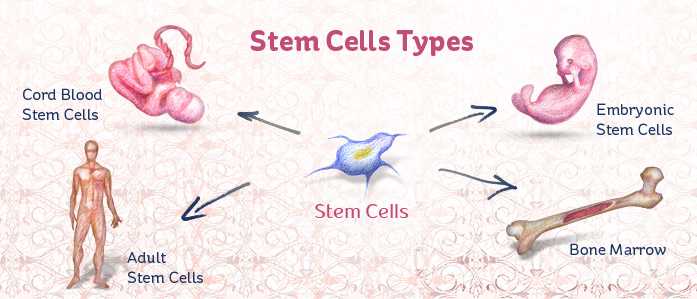
Cells, tissues and organs can sometimes be permanently damaged or lost by disease, injury and genetic conditions.Image credit: The McEwen Centre for Regenerative Medicine, University Health Network Stem cell therapy These heart cells were grown from stem cells in a petri dish and can be used to study the beating rhythm of the heart. We can grow tissue and organ structures from stem cells, which can then be studied to find out how they function and how they are affected by different drugs.If we understand stem cell development, we may be able to replicate this process to create new cells, tissues and organs.We can use stem cells to study how cells become specialised for specific functions in the body, and what happens when this process goes wrong in disease.

#Define stem cell biology skin#
‘Induced’ means that they are made in the lab by taking normal adult cells, like skin or blood cells, and reprogramming them to become stem cells.Induced pluripotent stem cells, or ‘iPS cells’, are stem cells that scientists make in the laboratory.Image credit: Genome Research Limited Induced pluripotent stem cells Skin (or ‘epithelial’) stem cells provide the different types of cells that make up our skin and hair.Īn illustration showing different types of stem cell in the body.Blood (or ‘haematopoietic’) stem cells can only replace the various types of cells in the blood.Adult stem cells are said to be multipotent, which means they can only change into some cells in the body, not any cell, for example:.Adult stem cells supply new cells as an organism grows and to replace cells that get damaged.These stem cells are said to be pluripotent, which means they can change into any cell in the body.Embryonic stem cells supply new cells for an embryo as it grows and develops into a baby.There are three main types of stem cell:.Image credit: Genome Research Limited Different types of stem cell


Transcription and Translation in ProkaryotesĮrythropoiesis (‘erythro’ meaning ‘red’ + ‘poiesis’ meaning ‘to make’) is the process that produces mature red blood cells from haemopoietic stem cells in the bone marrow.



 0 kommentar(er)
0 kommentar(er)
